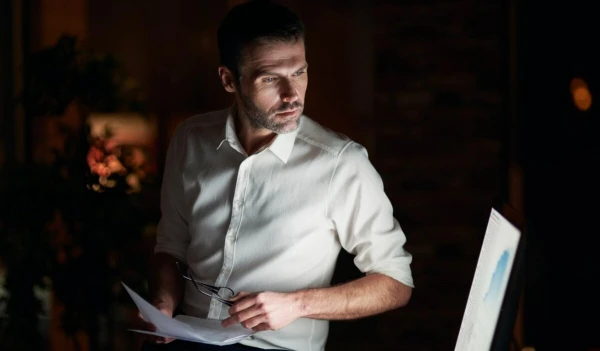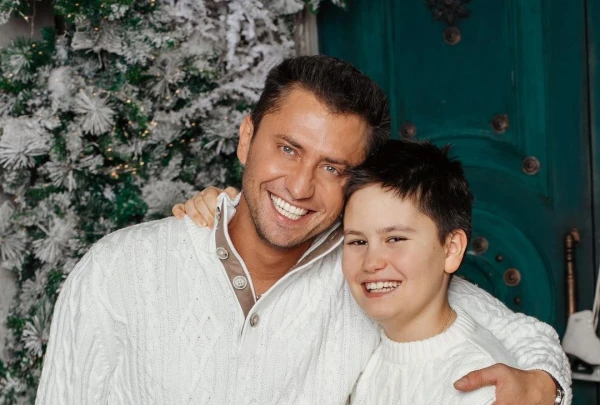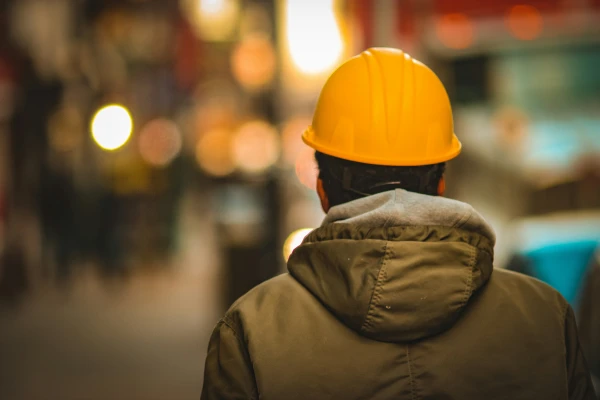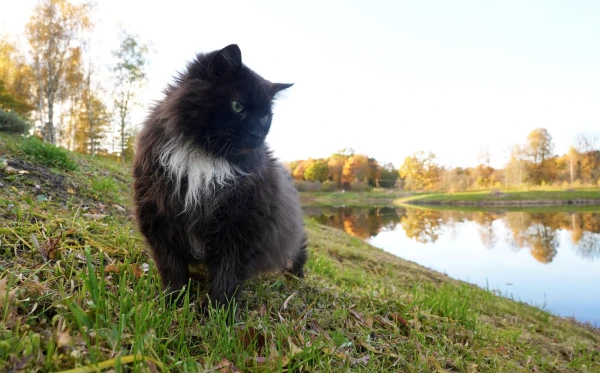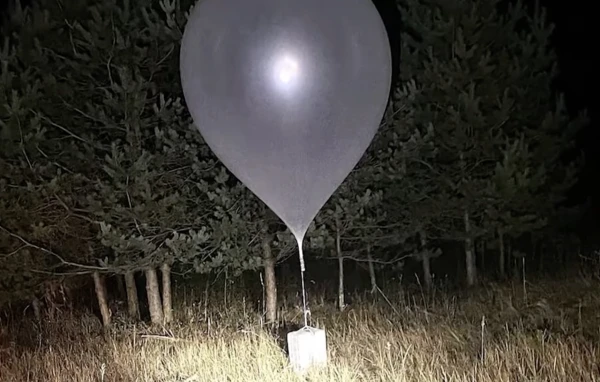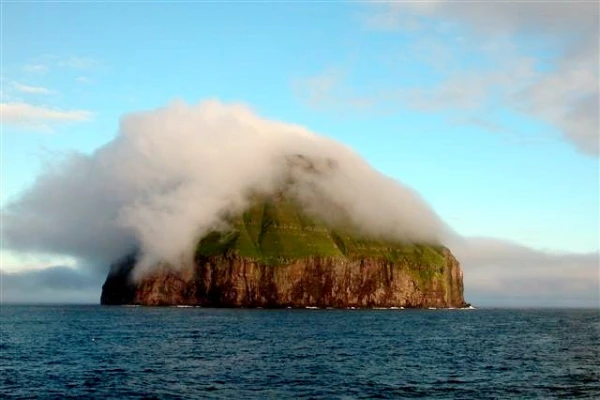
Law enforcement officials urge visitors to these areas to be extremely cautious.
Sheer cliffs, cold seas, and fierce winds - a trip to the Faroe Islands is not for the faint-hearted. The Faroe Islands in the North Atlantic may not be the best choice for travelers who suffer from dizziness, seasickness, or claustrophobia.
There are dangerous cliffs, stormy winds, and such steep slopes that even animals can fall into the abyss.
Three tourists went missing in two days in September. The police reported that their last known location was near a famous waterfall in the Faroe Islands. Law enforcement officials urge visitors to these areas to be extremely cautious.
The landscapes here are stunning. One such location was chosen for the filming of the final scene of the James Bond movie "No Time to Die."
The Faroe Islands, a self-governing territory of Denmark, is trying to cope with the growing number of travelers attracted by birdwatching, exotic cuisine, and "cool vacations."
Nature Sets the Rules
The residents of the Faroe Islands once traversed mountain passes and maneuvered wooden boats to rocky shores to visit churches or each other.
Unlike tourists, they know which paths to avoid and how disorienting sudden fogs can be.
"When you make a mistake here, nature usually wins," said a food truck vendor at one of the popular spots.
It is now easier than ever to learn this lesson while exploring the Faroe Islands, which are still less commercialized compared to one of their closest neighbors, Iceland.
An expanding network of underwater tunnels, including the so-called first underwater roundabout in the world, connects 18 islands. Harsh isolation gives way to smooth highways, and there are already hundreds of listings from locals on Airbnb, whose population is around 50,000.
Co-chairing the Arctic Council brings more global recognition, as does the impressive success in the World Cup qualifying tournament.
The Wild Beauty of the Faroe Islands Demands Respect
Authorities are trying to encourage tourism while protecting the Faroe Islands from its consequences.
The annual "Closed for Maintenance" program began in 2019, involving volunteers from around the world selected to assist in erosion control, trail reinforcement, and other work.
The National Museum Launched a Project to Protect Land and Biodiversity
This year, the tourism office introduced self-guided trips that direct visitors from dangerous trails in popular areas to lesser-known regions.
One such route takes users to a coastal village where a popular music festival is held, then to a tiny botanical garden, to a memorial by the fjord in memory of a shipwreck, and to a small strip of forest, quite popular among the residents of these mostly treeless islands.
Nature-loving visitors can spend a week in the Faroe Islands biking, fishing, visiting saunas, trying sushi made from local salmon, and buying wool sweaters as souvenirs.
In the summer, boat tours include musical concerts in a sea cave or puffin watching.
Winters here are harsh, but interest in the islands extends the tourist season until October.
In some villages in the north, there are only a few residents. Outside the capital Tórshavn, there is little business oriented towards tourists, but in the village of Gjógv, there is a guesthouse and café, while in the village of Fuglafjørður, there is a charming main street and a tourist center.
English is Widely Spoken.
But be prepared for rain and frequently changing weather. And follow the recommendations to avoid unforeseen situations.
"Due to disgusting behavior and lack of silence at the graves, the cemetery is closed," read a sign at the church in the village of Saksun. "Do not wash your shoes in the sink!" said a notice at the ferry stop on the island of Kalsoy.
A worker at a Thai restaurant - one of the few migrant workers on the islands - estimated that this summer about 200 tourists a day visited the "Instagrammable" lighthouse located nearby.
The Visit Faroe Islands website balances between attracting more tourists and ensuring their safety.
"Stormy vacations," the authors write on the Visit Faroe Islands website, "are wonderful, but strong winds can sometimes flip cars, scatter bicycles, and even animals, meaning everything that is not secured."
<iframe width="560" height="315" src="https://www.youtube.com/embed/tyHADIf26-A?si=qBTi88m1i5ptuNeB" title="YouTube video player" frameborder="0" allow="accelerometer; autoplay; clipboard-write; encrypted-media; gyroscope; picture-in-picture; web-share" referrerpolicy="strict-origin-when-cross-origin" allowfullscreen></iframe>



